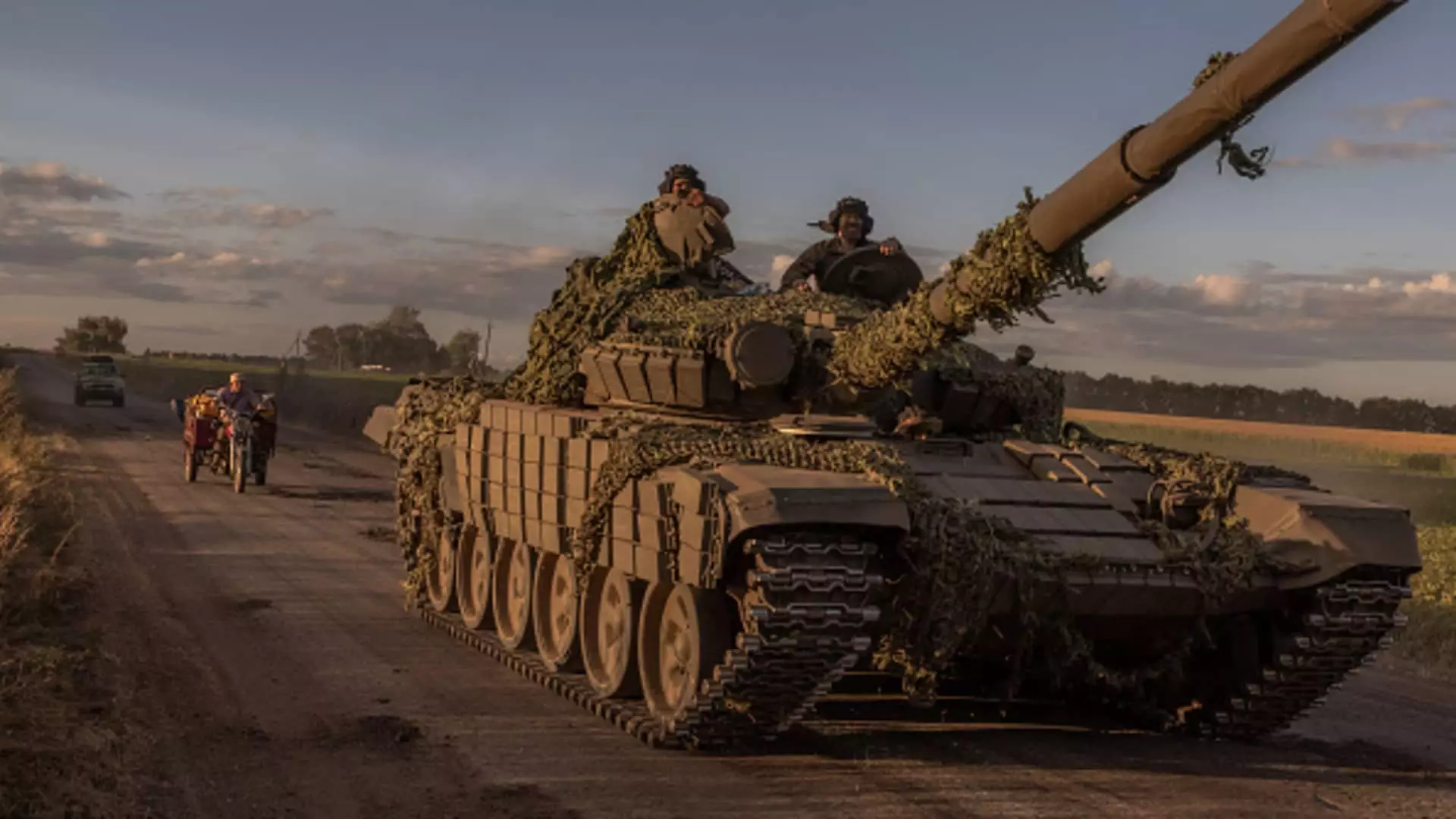The ongoing conflict between Ukraine and Russia has significantly altered the geopolitical landscape, prompting nations worldwide to reassess their defense strategies and alliances. As the United States prepares to announce an expansive military assistance package valued at $1.25 billion, the implications for Ukraine, Russia, and global security are profound. This article delves into the components of the aid package, examines the strategic motivations driving U.S. support for Ukraine, and considers the potential consequences of such military assistance in a precarious regional context.
The anticipated military aid package is notable for its considerable financial figure and the types of military equipment it includes. This comprehensive assistance is set to furnish Ukraine with critical munitions such as surface-to-air missile systems, specifically the National Advanced Surface-to-Air Missile Systems (NASAMS) and HAWK air defense systems. Additionally, the package aims to supply Stinger missiles and various artillery rounds, demonstrating an explicit commitment to enhancing Ukraine’s defensive and offensive capabilities amid ongoing hostilities.
U.S. officials, who requested anonymity to discuss sensitive military details prior to the formal announcement, have indicated that this package signifies an urgent response to escalating Russian aggression, particularly the recent barrage of attacks targeting Ukraine’s critical infrastructure. Although Ukraine has successfully intercepted numerous missiles and drones, the relentless assault by Russia underscores the necessity for bolstered defenses.
The Biden administration’s approach to Ukraine is characterized by an immediate need to deliver as much military support as possible before the transition of power on January 20. The pressure to act is compounded by concerns regarding the incoming administration under President-elect Donald Trump, who has voiced intentions to foster negotiations with Russia that may undermine existing support for Ukraine. With Republican backing for military aid waning, there is an urgent sense of necessity to push through what could be the final tranche of aid before the administration changes, making the current U.S. military assistance critical.
This urgency is further heightened by the strategic narrative surrounding the use of the U.S. presidential drawdown authority. This mechanism allows for swift transfer of military assets from Pentagon stockpiles to Ukraine, enabling a rapid response to a fluid and dynamic battlefield scenario. With Russian deployments, including North Korean troops in the Kursk region to reclaim lost territories, the stakes are exceptionally high; the U.S. must act decisively to avoid a deterioration in Ukraine’s military position.
The implications of this multifaceted assistance extend beyond Ukraine’s immediate needs. By solidifying its military support, the U.S. not only aims to bolster Ukraine’s negotiating leverage, should diplomatic discussions arise, but also sends a resolute message to Russia regarding the limits of its territorial ambitions in Eastern Europe. The likely response from Moscow could result in escalation on the battlefield, compelling greater military involvement and deeper entrenchment of Russian forces in Ukraine.
Moreover, as the conflict persists, concerns about the sustainability of U.S. support through the new administration loom large. The reset of geopolitical dynamics, especially with a shift toward potential negotiations proposed by Trump, minimizes the predictability of U.S. foreign policy in the region. Allies in Europe share apprehensions regarding a diminished commitment from the U.S. that could lead to an adverse settlement for Ukraine and embolden Russia.
The impending military assistance package represents not just a considerable financial investment but a strategic decision shaped by the complexities of international diplomacy. While it aims to enhance Ukraine’s capabilities, it simultaneously raises questions regarding the future of U.S. support as the Biden administration hands over the reins. As geopolitical tensions simmer, the fate of Ukraine could hinge on both the immediate military aid it receives and the broader implications of U.S. foreign policy on the global stage.


Leave a Reply